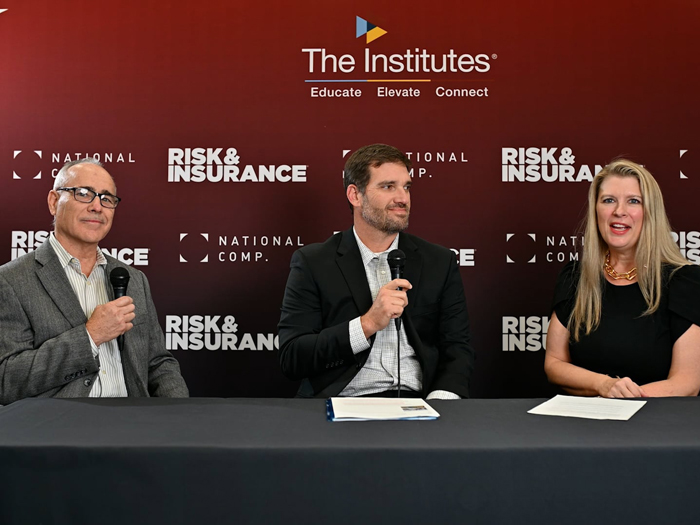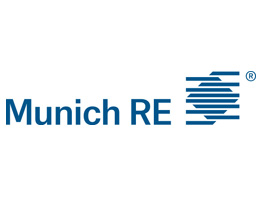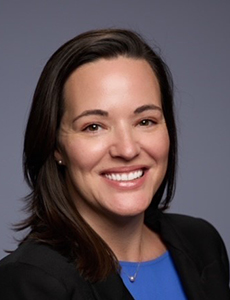The Gig Economy Is Turning Side Hustles into Small Businesses; Here’s How to Underwrite Them
As more and more individuals start their own small businesses or venture into the gig economy, managing insurance risk for these small and micro entities can be a tricky.
Now more than ever, the blurred lines that exist between commercial and personal lines seem to be converting into one. So to help commercial insurers more accurately determine the risks associated with small businesses and their business owners, they need a combination of traditional data assets such as credit history and public records with new data assets like the business owner’s personal property loss.
In order for insurers to do this, it is crucial they identify a methodology that enables them to determine, anticipate and price the specific risks for each small business that applies for an insurance policy.
One way to accomplishing this is by incorporating a multi-sourced strategy that allows them to have different financial data sets from the business and its owner.
In order to demonstrate this, let’s use a fictitious example for a local cupcake shop, Heavenly Cupcakes. What started as the owner Jane’s side-job for extra cash to help support her growing family has now turned into a lucrative shop.
When the cupcake shop first opened, the only data available about Jane was her personal credit. As the business took off in its second year, she needed additional capital to purchase all the ingredients she needed in larger quantities, so she applied for a business credit card (as 45% of small business owners do).
Then, as Heavenly Cupcakes continued to grow in year three, Jane decided she needed to expand into a commercial kitchen space, and to fund this expansion, Jane applied for a small business loan with her local bank.
Now, if you were to evaluate Jane’s business at this stage, the financial data available includes:
- Small business loan — taken out in year three for the commercial kitchen space
- Business credit card — obtained in year two to fund the ingredients
- Personal credit — still leveraged throughout the last three years
As the data starts to accumulate on a new business, how effective is it to use both the personal business owner credit in addition to the business credit?
If the risks were assessed based just on the small business credit line, there may be risk factors on the business owner’s personal credit account that were missed. For example, if a commercial insurer were to evaluate the financial performance of a small business entity, such as Heavenly Cupcakes, there is a higher loss propensity if the business has:
- One or more tax lien, judgment or bankruptcy
- One credit inquiry
- 20% of total balances past due more than 60 days
Conversely, if they were to weigh the owner of Heavenly Cupcakes’ financial history, insuring Heavenly Cupcakes would pose a higher insurance risk if Jane has:
- 6 or more derogatory public records
- Unreleased liens
As Jane applies for a new small business insurance policy in year three, it’s important to factor in all this information in order to more fully evaluate the risks and price the policy accordingly.
Evaluating the business’s risk, based on all business owner and business entity sources, helps enable the insurer to uncover any hidden risks and effectively predict the full commercial insurance risk of insuring that business.
Accurately Assessing the Risks
Evaluating all available data sources including the financial history of the business and the business owner helps enable commercial insurers to both gain deeper insights into the businesses they are underwriting and increase their ability to segment those risks appropriately.
Doing so also helps to bring hidden risks to the forefront and a more accurate picture of the small business.
Insurers looking to remain competitive within the growing gig and small business economy need to be sure to evaluate the complete set of financial history in order to accurately price the risks of each individual small business they insure. &











